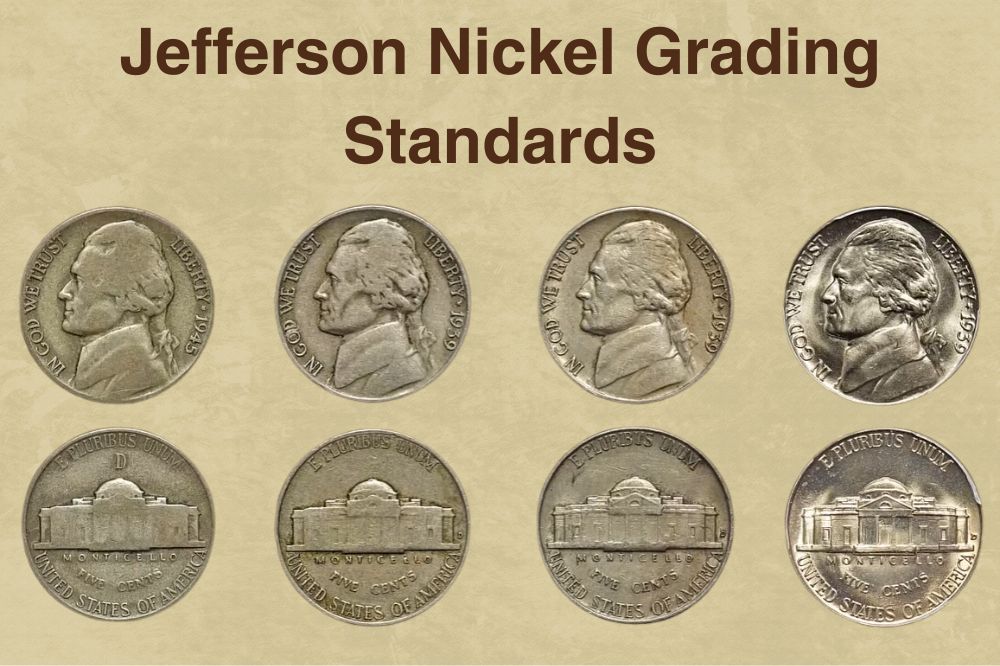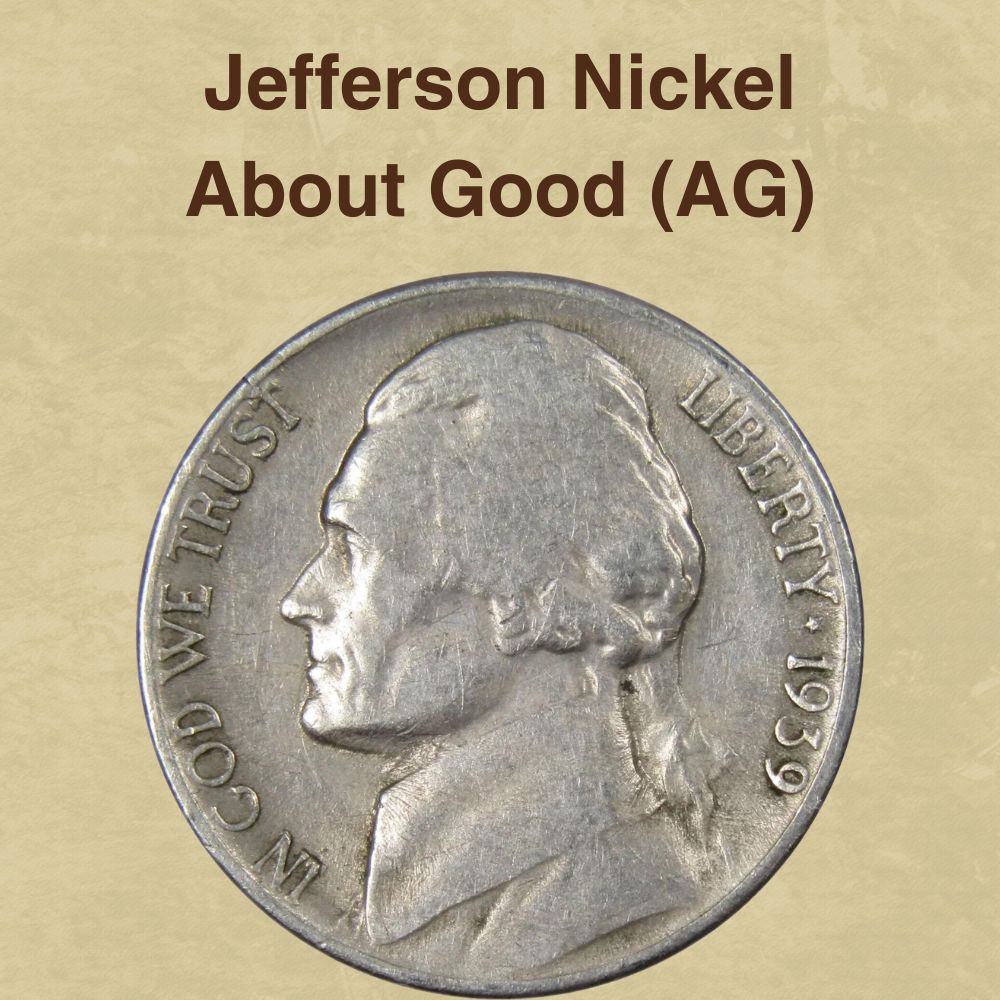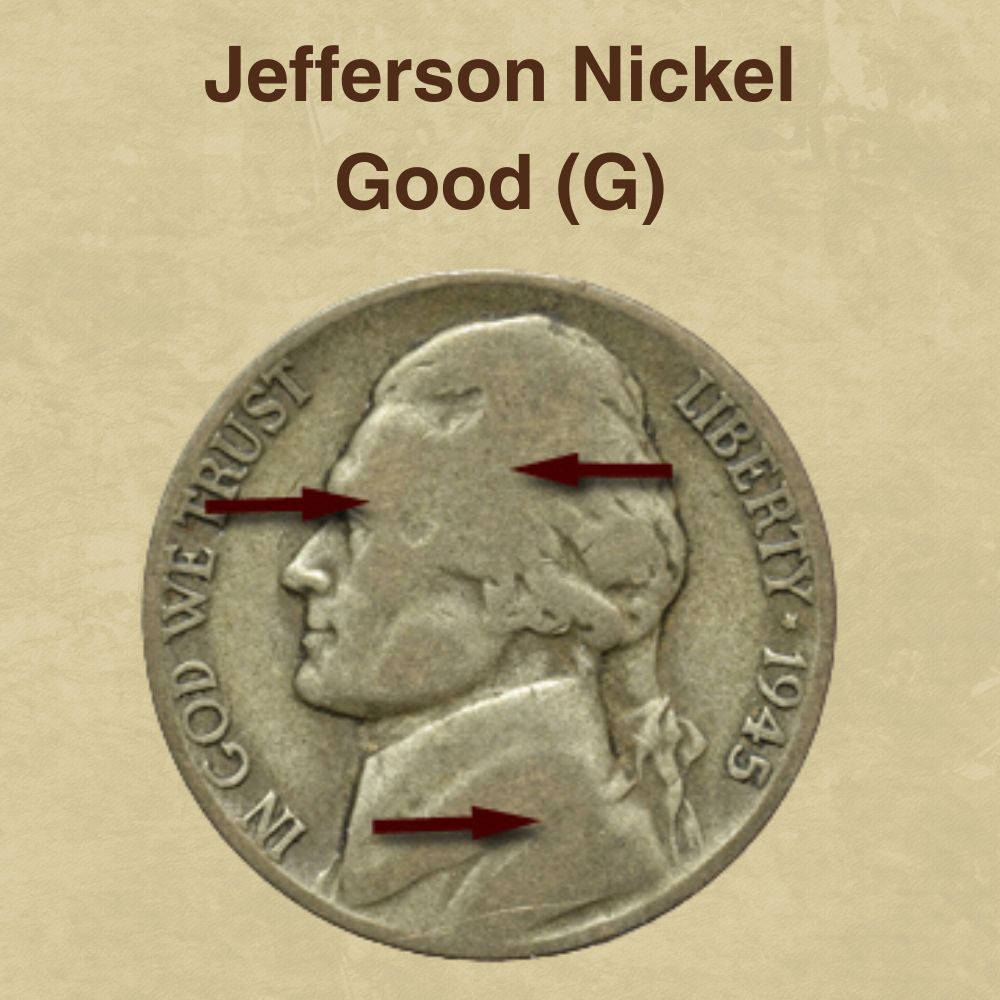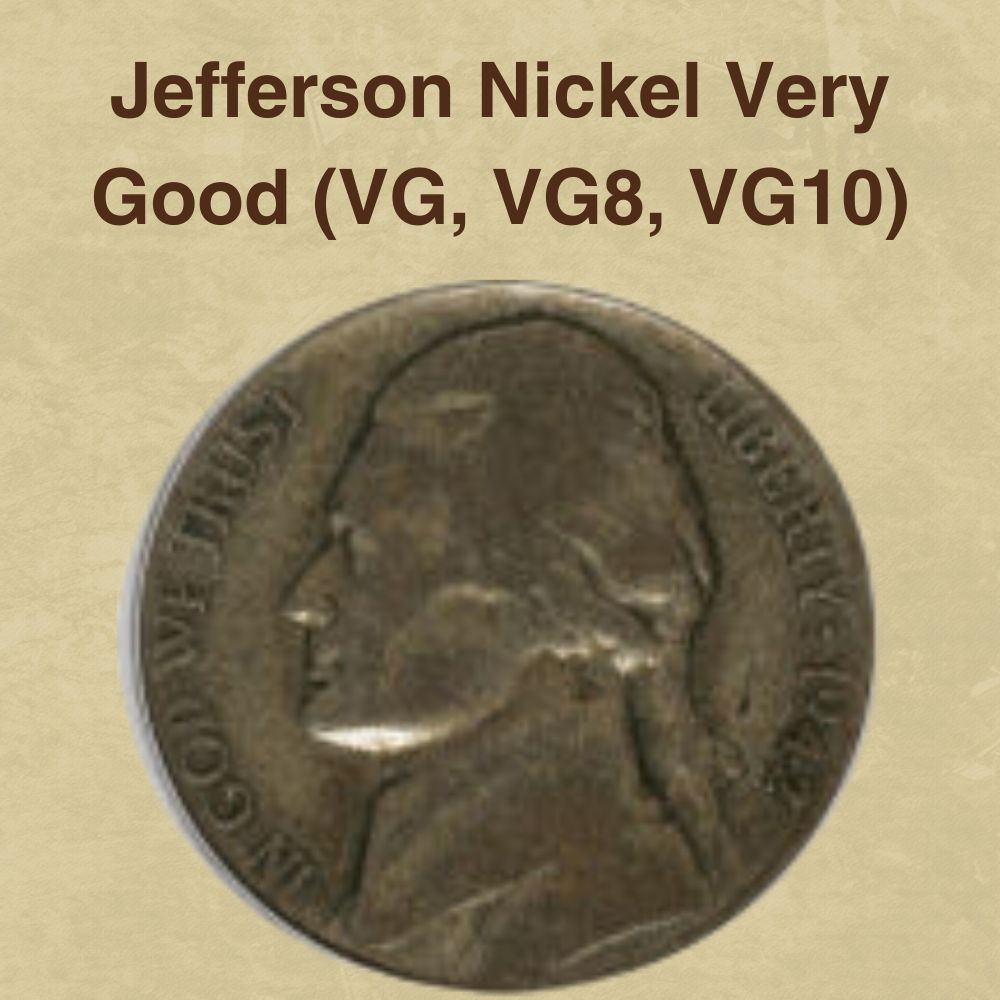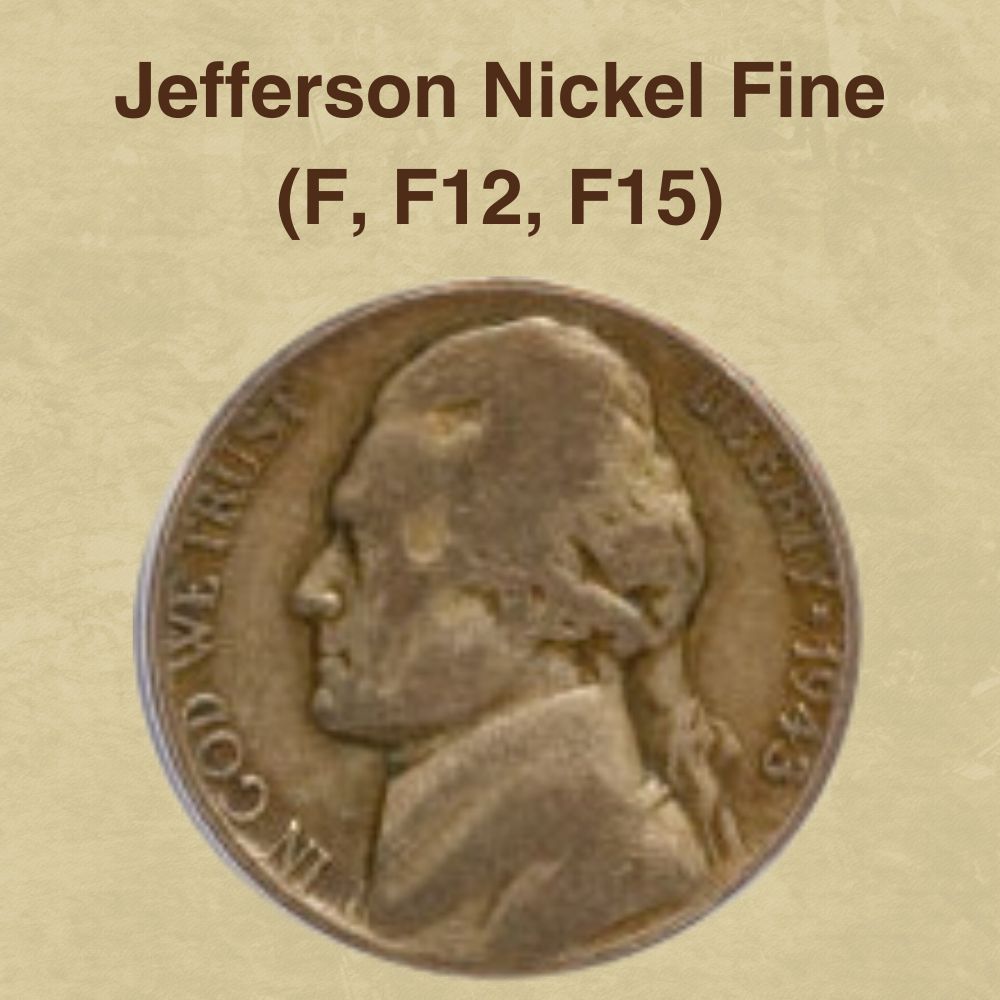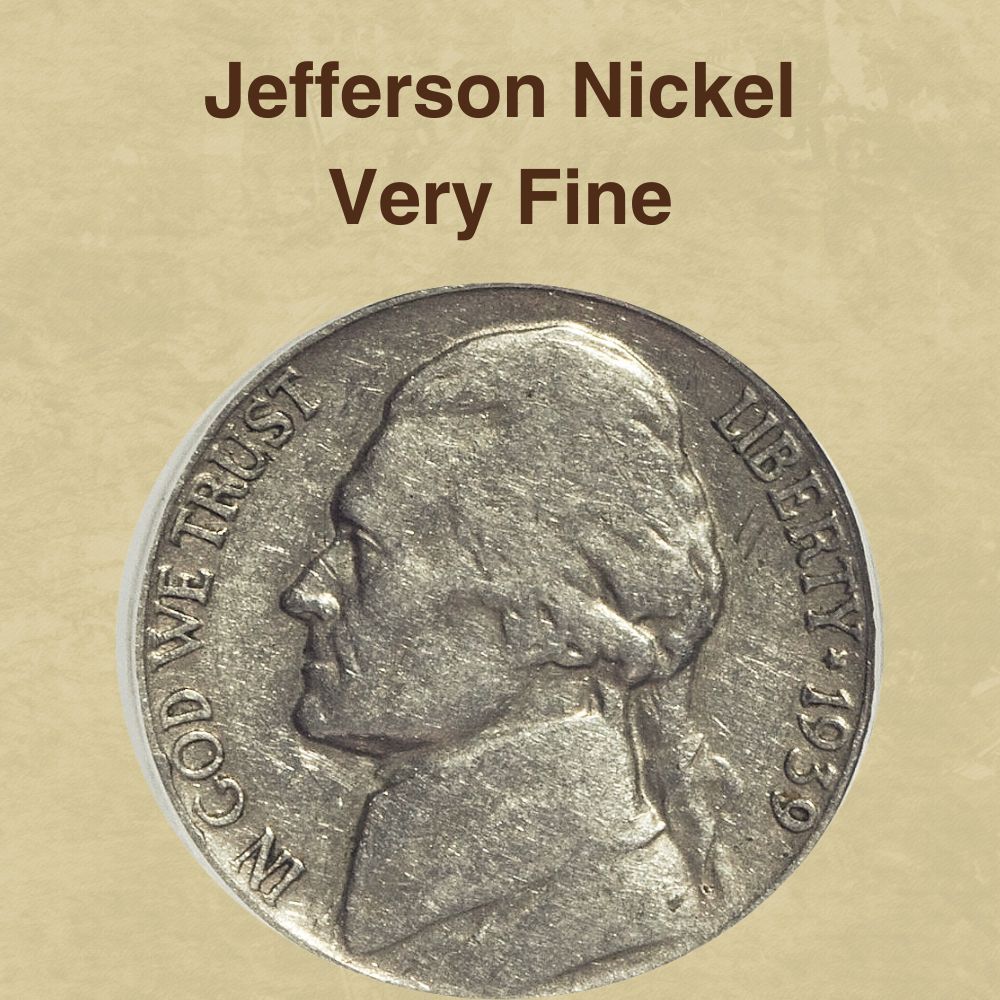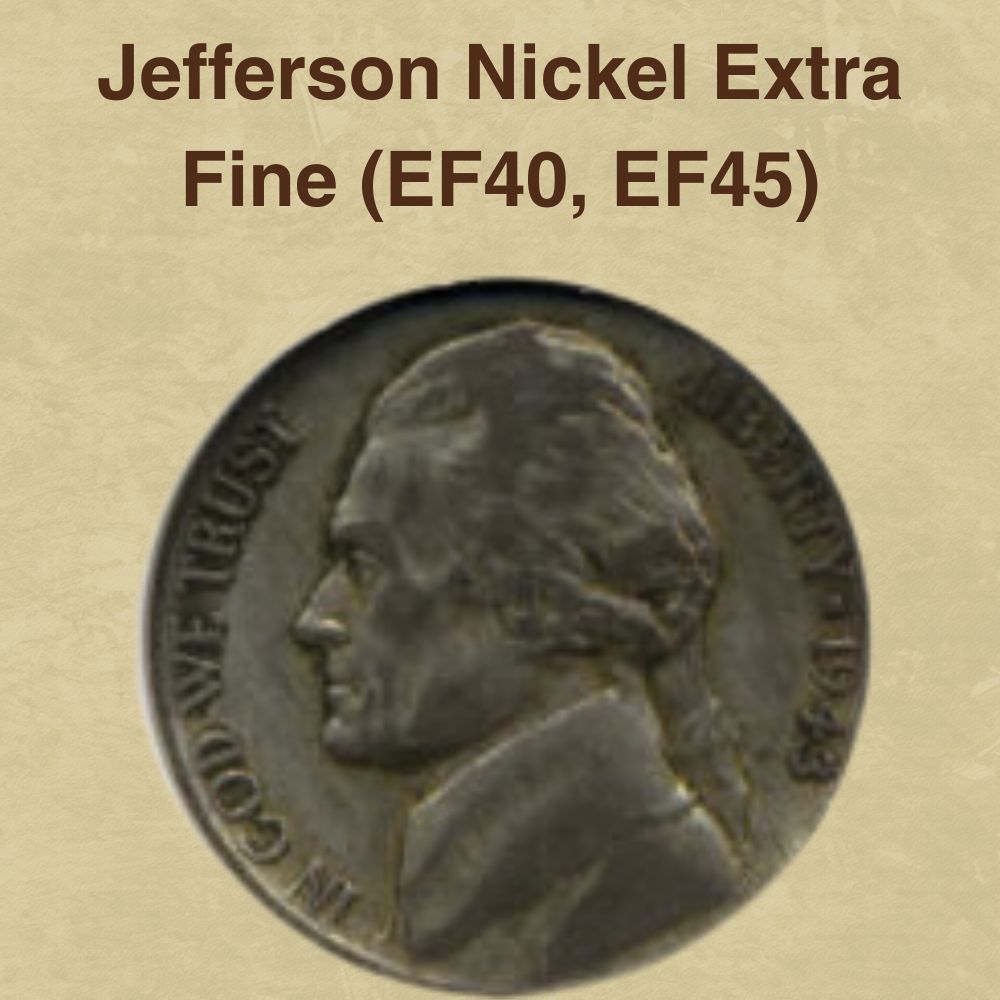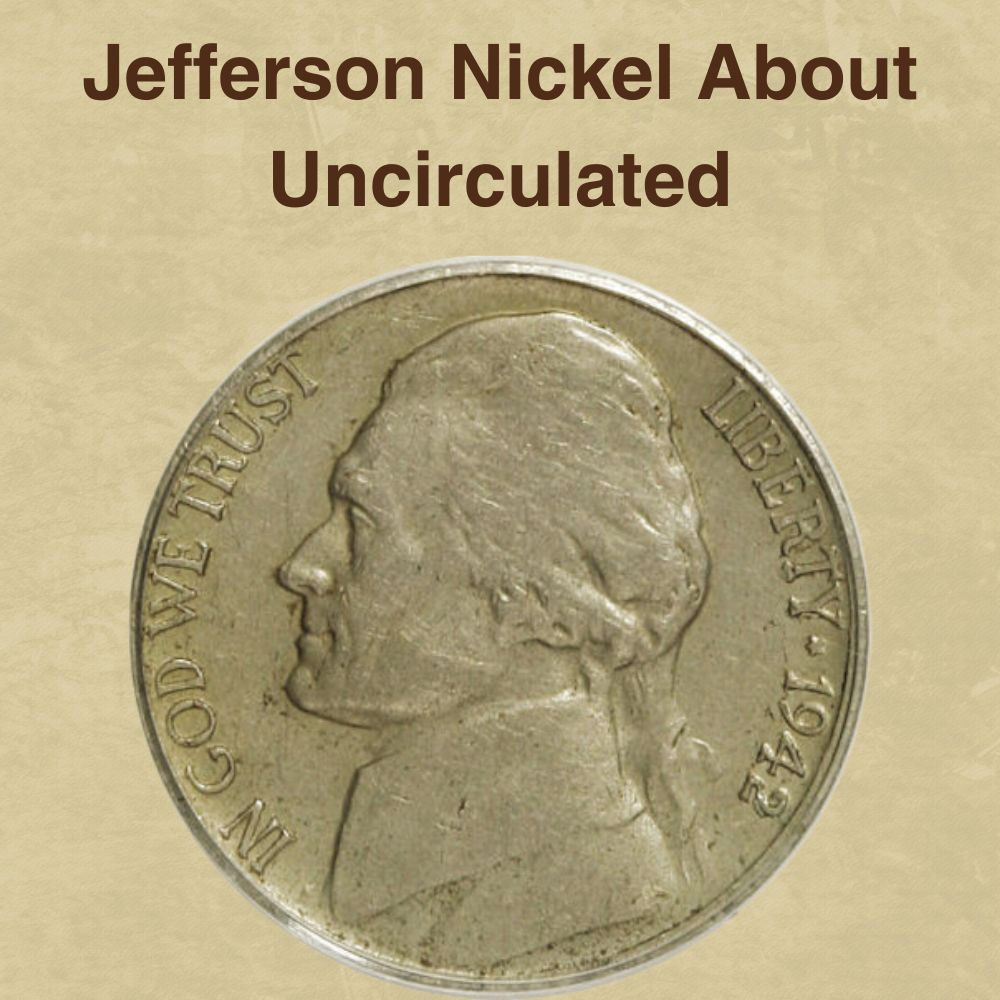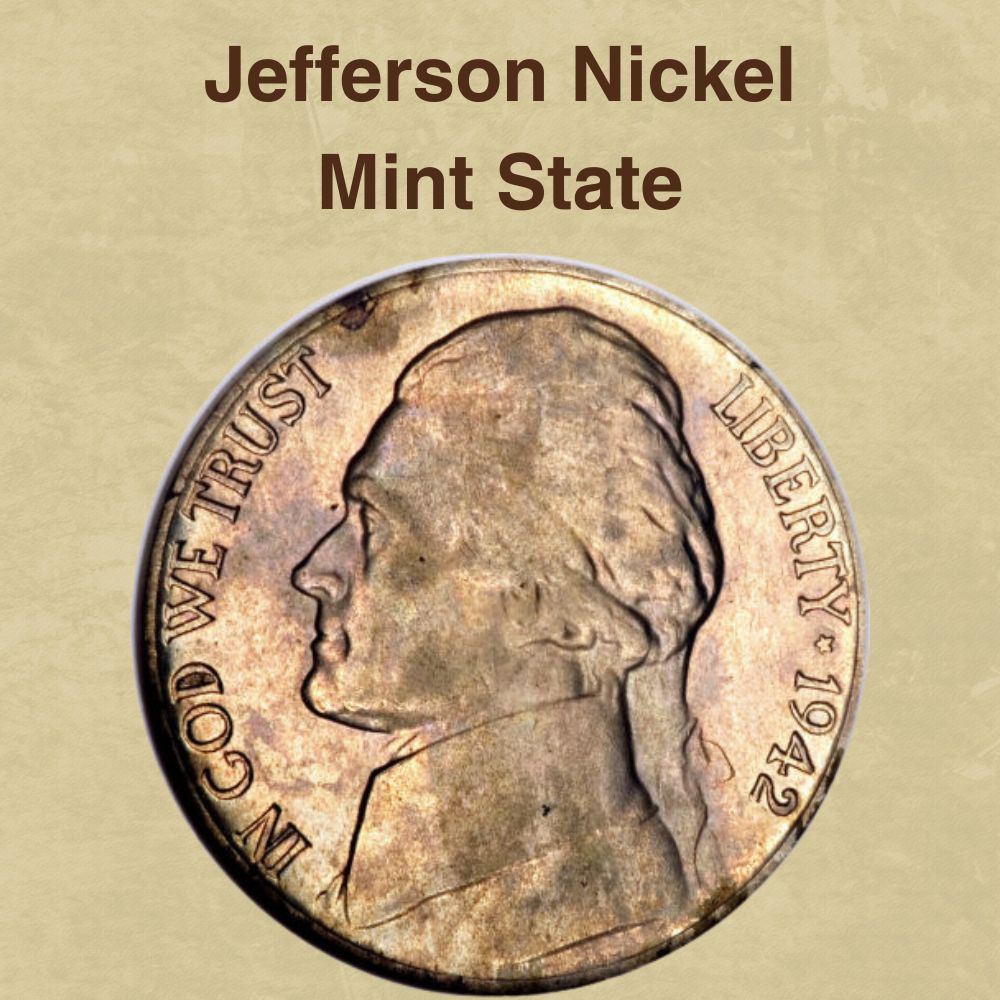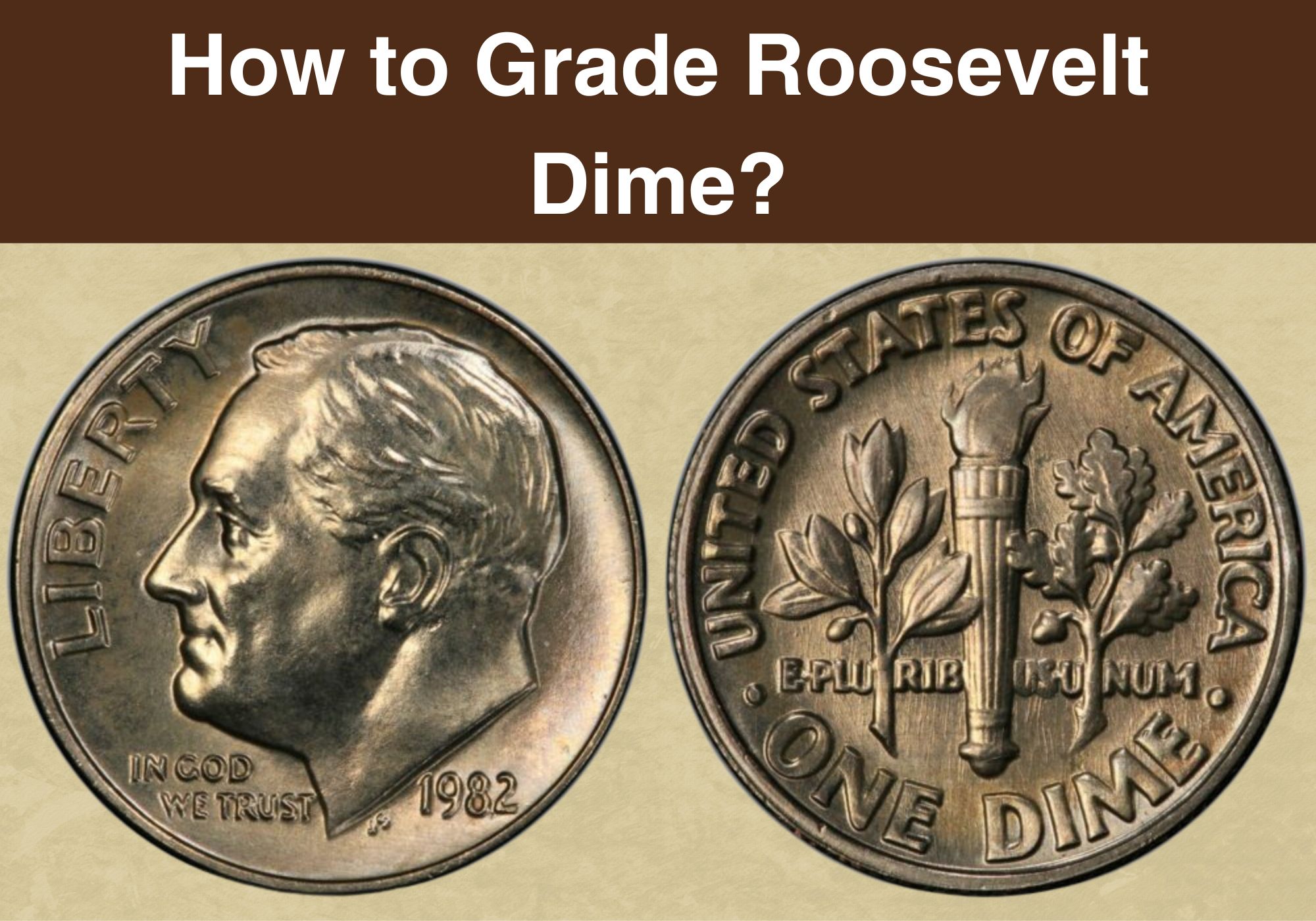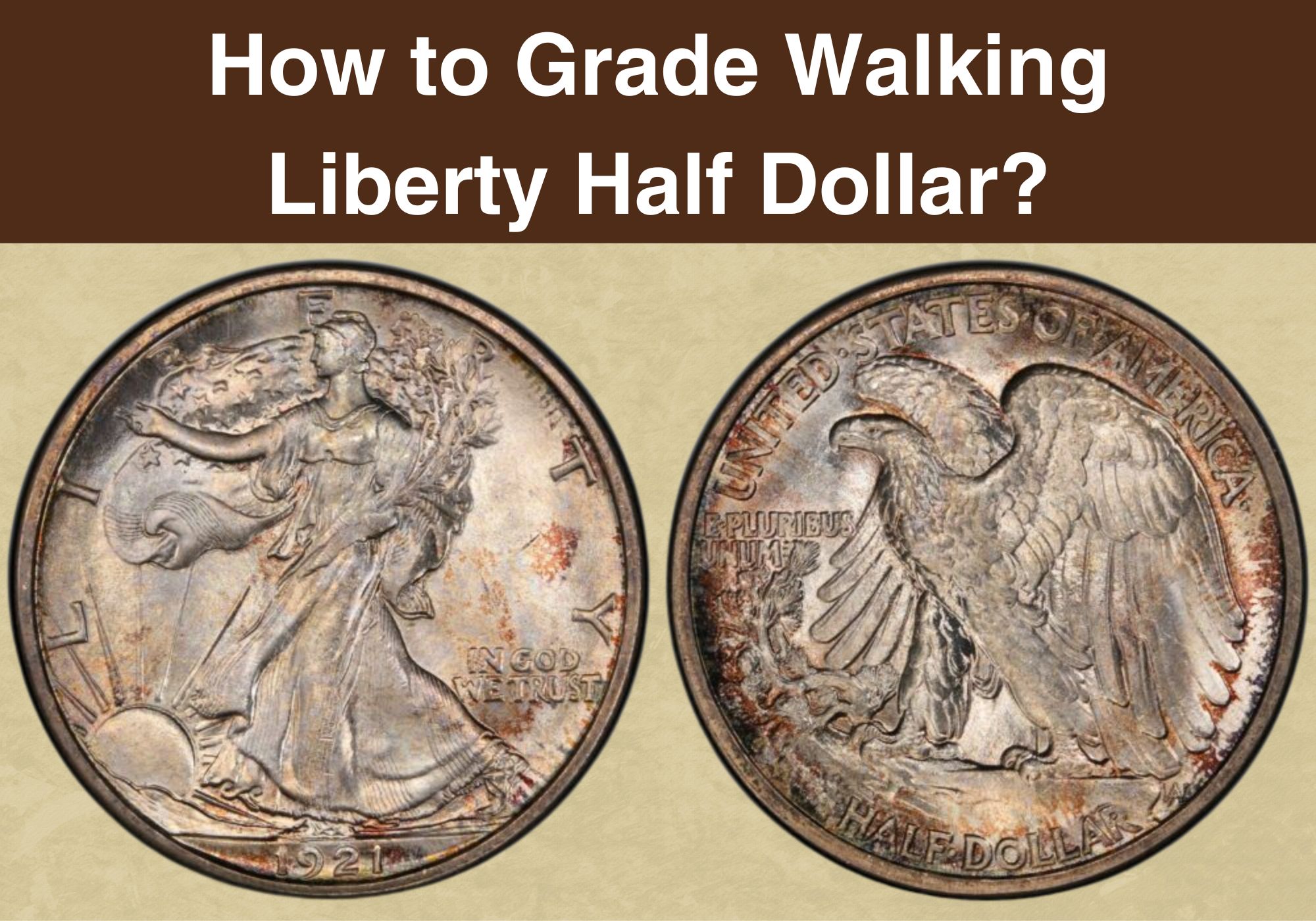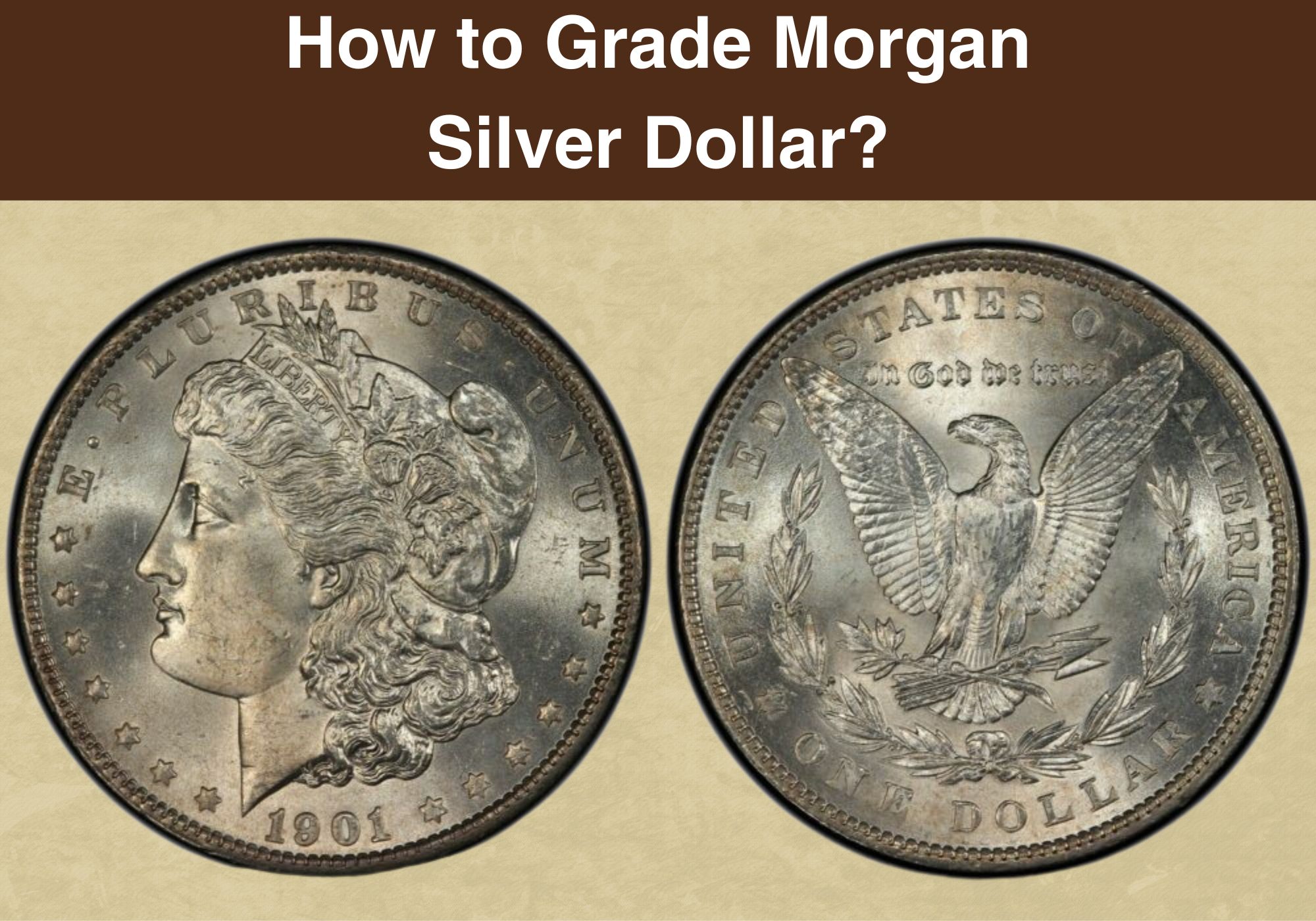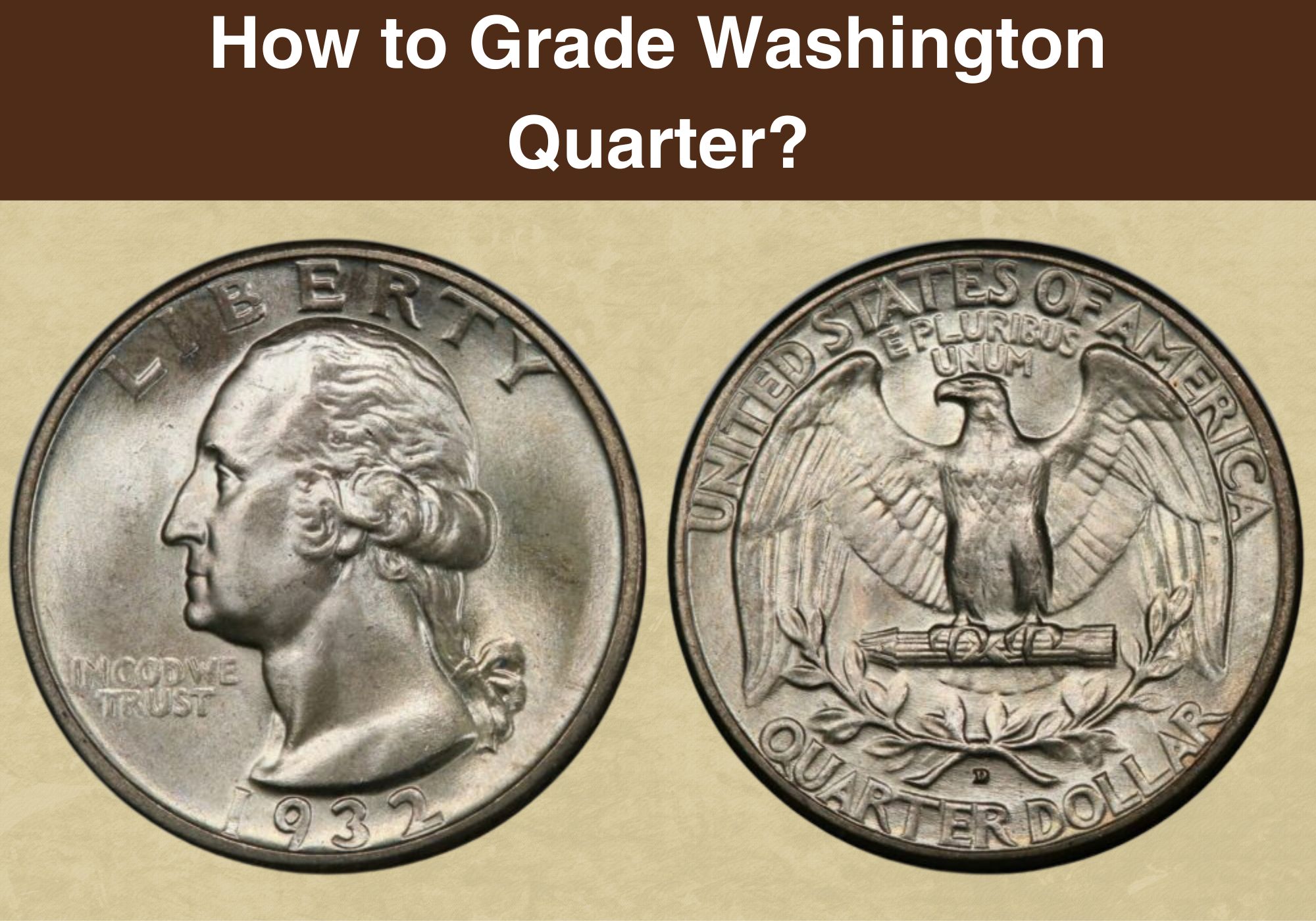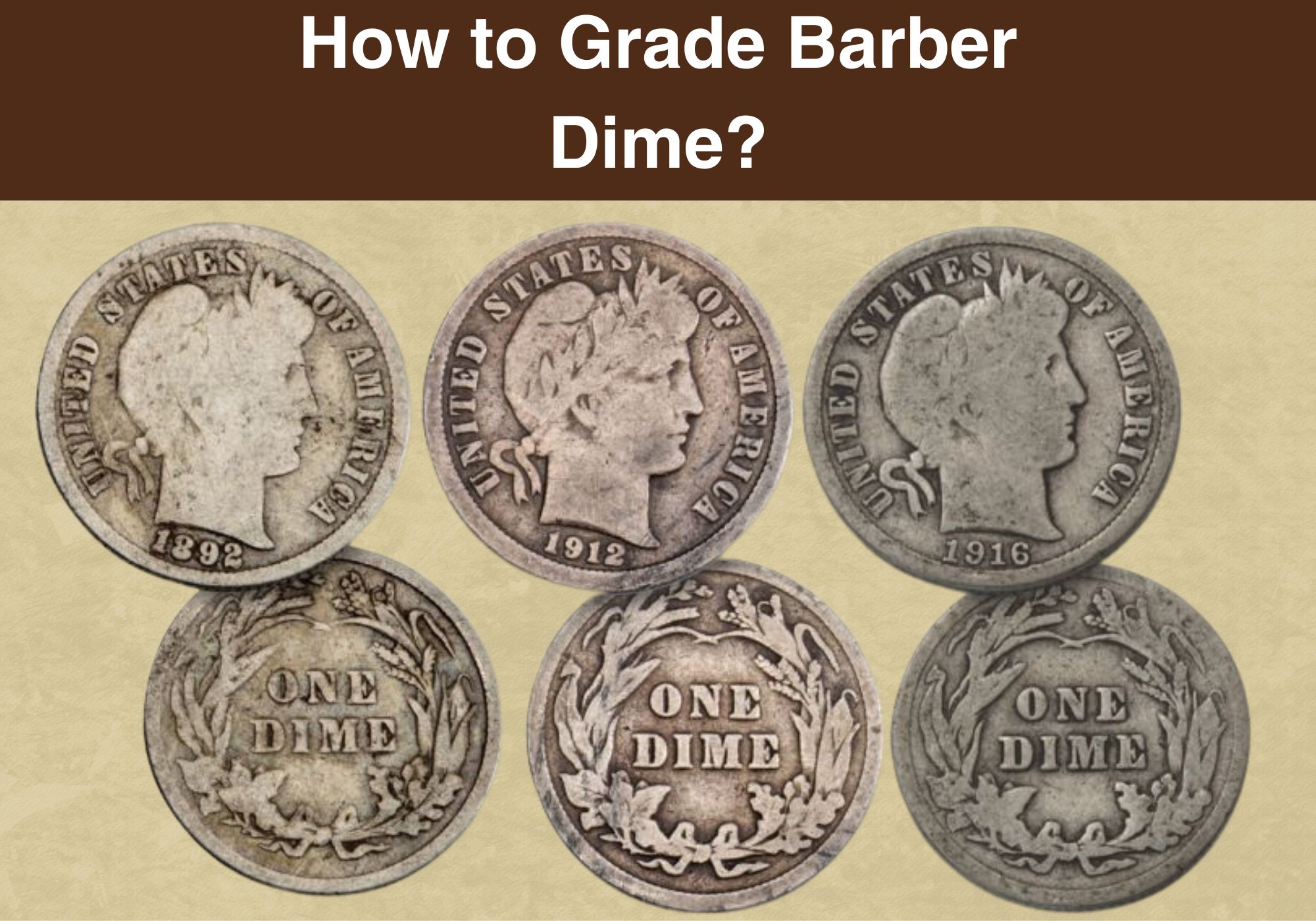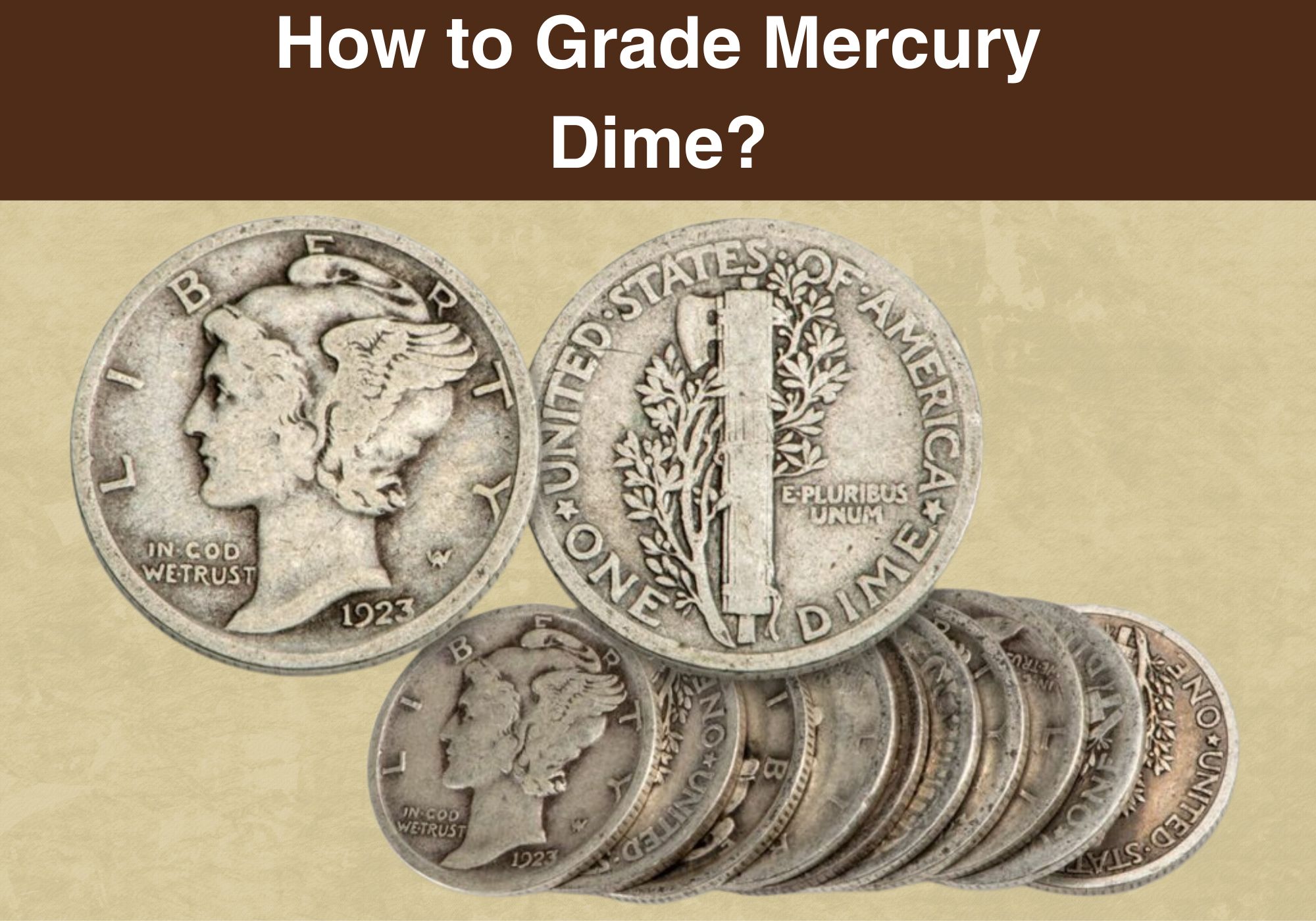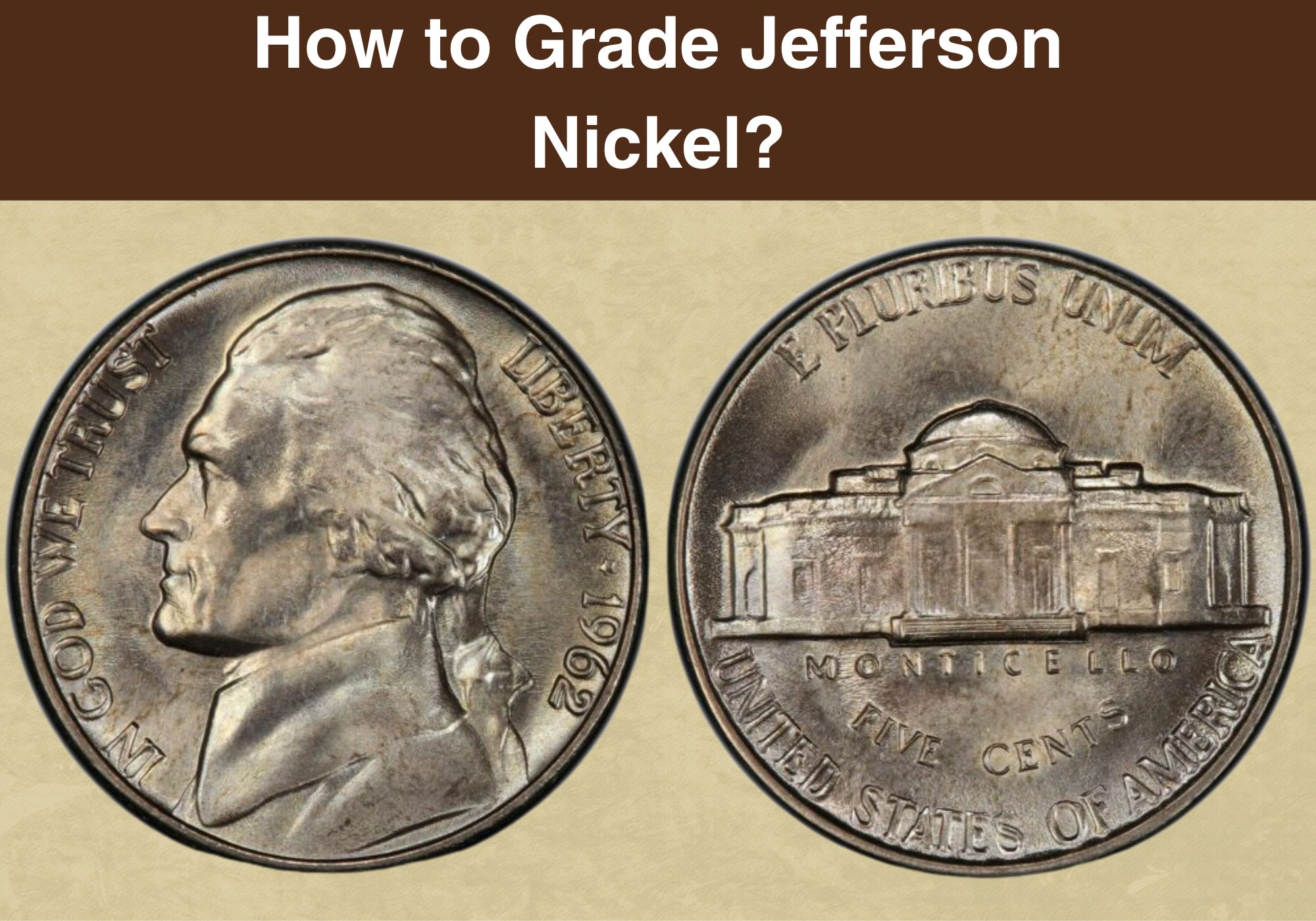
Coin Value Contents Table
Since most Jefferson nickels are still in circulation, collectors consider only the oldest pieces collectible. Nevertheless, you should grade each coin you have, particularly those in the high-grade mint state.
You can find a way how to grade Jefferson nickels yourself more or less accurately by following the established standards. However, it is enough only for modern pieces. Serious and highly dedicated numismatists require older coins to be professionally graded.
Grading Standards
Grading each coin is the primary way to determine its market value. It includes a few parameters, like:
- Initial strike
- Preservation level
- Wear and tear
- Possible damage
- Minting errors
Remember that every detail counts, even those visible only under a magnifying glass. Sometimes, even barely visible characteristics can be crucial when it comes to rare coins with unique deviations in appearance.
Nowadays, you can use a modified Sheldon 70-point scale and carefully follow instructions. Be aware that coin ranking is based on established and officially accepted definitions. Even though grading is not an exact science, most numismatists and coin dealers agree with its guidelines, making it a standard.
Understanding Grades for Jefferson Nickel
The Jefferson nickel grading is specific because of the Full Steps variation that appears in most sets minted from 1938 until today. Despite the long minting period, there are no valuable rarities, thanks to the new-established practice of saving uncirculated rolls.
In other words, mints keep rolls of each new mint mark and date combination, preventing any specimen from disappearing. On the other hand, you can look for rare varieties with over-date or over-mint marks and numerous error types.
Jefferson nickel |
|
| Face value | Five cents ($0.05) |
| Compound | Cupronickel alloy |
| War nickels made of copper/silver/manganese alloy (from mid-1942 to 1945) | |
| Coin weight | 0.176 ounces (5 g) |
| Coin diameter | 0.835 inches (21.2 mm) |
| Coin thickness | 0.077 inches (1.95 mm) |
Jefferson nickel grading includes each piece’s specific look and eye appeal that depends on the following:
- Luster
- Contact marks’ number and location
- Toning
- Strike sharpness, with particular reference to the steps in front of Monticello
One of the crucial things about these coins is the Full Steps quality that varies from one date to the next. However, you can notice some patterns in their appearance.
For instance, the 1940 D Jefferson nickel sets often include Full Steps, while nickels minted in Denver in 1960 rarely have this feature. Unfortunately, completing this series with only nickels displaying 5 to 6 existing steps on the stairway is almost impossible.
How to Grade Jefferson Nickel?
Accurately grading Jefferson nickels is necessary nowadays because of these coins’ increased popularity. Besides perfectly preserved pieces, many collectors look for those in circulated condition.
Since each detail may make a difference in nickel value, you should be careful and rely on professional grading whenever possible.
1. About Good (AG)
In this case, the crucial thing is that these coins are modern, their minting is still actual, and many are still in circulation. Therefore, collectors never think about low-graded coins, particularly those in non-collectible condition like this.
Obverse
Such low-ranked nickels have the outlined President’s profile with barely recognizable details. Although the date and inscriptions are readable, they are weak and mostly merged with the rim.
Reverse
The Monticello building is visible as an outline, but it is impossible to recognize any single detail. The coin rim is worn out, while inscriptions are weak but legible and with clearly defined letters.
2. Good (G)
Based on the Sheldon scale, the GOOD grade is the lowest collectible rank for coins, including the Jefferson nickels. You can notice heavy wear on the design, which causes low current demand for such pieces, besides the affordability of better-graded specimens.
Obverse
You can recognize Thomas Jefferson on the obverse, but his outlined profile is without many details remaining. You can see broad areas of flatness, while inscriptions and the date are weak and partially merged with the coin rim.
Reverse
Monticello is well-outlined but with barely visible details. You can only recognize pillars, while the foundation line is almost entirely flat. The mint mark and inscriptions are readable.
3. Very Good (VG, VG8, VG10)
When coins are modern, even those in this grade are rarely sought after despite their collectability. Their design is flattened and has nearly gone, diminishing the beauty of their appearance.
Obverse
President’s cheek line is visible with smooth parts, and his hair is almost connected to the surface without highlighted and separated strands. The coat collar is recognizable but weak, while the lettering and the date are readable.
Reverse
The centrally positioned building shows only slight details with worn-away pillars and a visible but weak arch. In this case, it can be tricky to recognize the second porch pillar from the right.
4. Fine (F, F12, F15)
This grade implies worn-out high-relief detail. Most design parts are just outlines but with remaining major elements.
Obverse
You can recognize details in the President’s hair framing his face and the smooth top areas on his head. The cheek line, cheekbone, and coat collar are weak and almost plain.
Reverse
You can spot details in the pillars, but the second one is faint, particularly in the bottom third. The triangular roof is indistinct and smooth, and the foundation line merges with vertical lines on the right side.
5. Very Fine (VF, VF20, VF25, VF30, VF35)
In this rank, many details become recognizable on both coin sides. However, the demand for most such graded Jefferson nickels is still low, except for pieces from the early sets.
Obverse
The President’s profile is recognizable with worn-out hair. However, most strands are nearly separated, and the entire composition is detailed. Even though the cheek is faded and flat, the contours are still sharp.
Reverse
The Monticello’s roof and triangular beam are still nearly flat and partially visible, but pillars have plainly defined lines. Even the second pillar is complete. All inscriptions are effortlessly readable.
6. Extra Fine (EF40, EF45)
These nickels are moderately attractive but collectible, particularly those with early dates. You can spot some worn-out surfaces. The most design parts are visible but not detailed. However, finer details can be missing in this rank.
Obverse
You can notice slight signs of wear and lack of luster on Jefferson’s cheekbone, hair, and bottom bust parts. Although the cheek is faded, it is separated from the area above the President’s eye. The collar line is distinct at his shoulder.
Reverse
Monticello is well-defined with bold-looking and recognizable pillars. The triangle has raised lines, although its appearance is still worn out. Vertical house lines are visible, but the foundation line on the right is partially merged with the walls. You can notice traces of mint luster and readable inscriptions.
7. About Uncirculated (AU50, AU55, AU58)
These Jefferson nickels are the best-graded circulated coins, meaning they have only slight traces of use. In most cases, they spent only a short time circulating, so you can consider them collectible and valuable, especially those minted in the mid-20th century.
Obverse
Traces of wear are present on the President’s cheekbone and the highest points of his hair. The collar folds are easily discernible, but you can see signs of use on its surface. Inscriptions and the date are readable, and most of the surface has kept the mint luster.
Reverse
It is nice to see a coin with about 3/4 of mint luster and only slight signs of wear on the triangular roof and horizontal lines above well-defined pillars. Most flattening is on the high points of the coin design.
8. Mint State (from MS60 to MS70)
Many consider all coins in the mint state the same, but collectors know that even the tiniest details can put them in different subgrades. Believe it or not, sometimes only one spot or scratch can make a difference of a few hundred dollars.
Nickels in this condition show delicate luster over the entire coin surface without any traces of wear, including the high points. The first thing to check is the part above Jefferson’s eye since this prominent area is the most prone to wear.
The pillars in front of Monticello’s entrance are the most sensitive part of the reverse that wears and tears first during daily transactions. If they are complete, without any traces of use, and with full mint luster, you can be sure that the coin you keep in your hand is the real deal.
Full Steps
There is one specific thing about the Jefferson nickels. Coins with the Full Steps feature are the only ones that look the same as Felix O. Schlag’s original design.
They show six steps in front of the building’s entrance, but they are all visible on only rare specimens. Most have only four or fewer steps because of minting process limitations.
Nowadays, grading companies consider only nickels with five or six separate and visible steps as specimens with Full Steps. Remember that such coins appear only in the mint state, so low-rated nickels never have more than four steps.
Summary
The Jefferson nickels are popular American coinage, but they are still modern, and most still circulate. Therefore, many pieces are of modest value, and only details can increase expected prices. Be prepared that collectors prefer specimens in the mint state without any imperfection, preferably certified by a reputable grading company.

